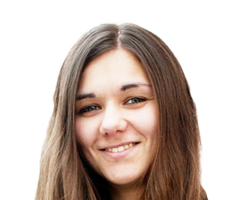With this post, we start a series of articles aboutô EU vocabulary. With this we aim to help to better understand the language used by the EU institutions, especially the European Parliament. Please, feel free to give us ideas and ask about a specific topic or expression!
As today is the first time, I will go for something easy: What a political group is.
Even though Members of the European Parliament are elected in their home countries and are part of lists of national parties, when they arrive to Brussels they are not organised by nationalities. MEPs form ãPolitical Groupsã according to their political affiliation. Political groups might be formal representations of a European political party or coalitions of a number of parties and independent politicians. There are several requirements to form a political group; the most important ones are having at least 25 Members, representing one-quarter of the Member States.
Members that are not part of any political group are known as non-attached Members.
Currently seven Political Groups are present in the European Parliament:
Group of the European Peopleãs Party (Christian Democrats)
Group of the Progressive Alliance of Socialists and Democrats in the European Parliament
Group of the Alliance of Liberals and Democrats for Europe
European Conservatives and Reformists Group
Confederal Group of the European United Left ã Nordic Green Left







 kommentera
kommentera
 lûÊs mer
lûÊs mer

